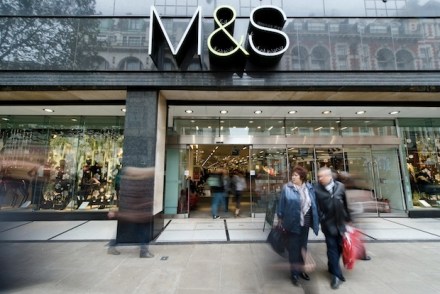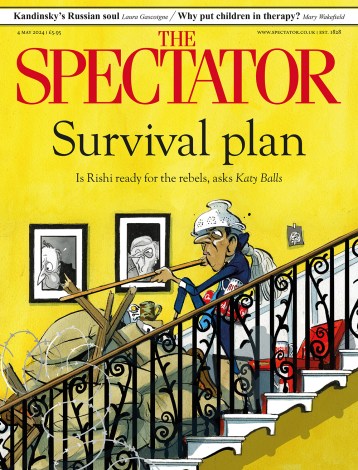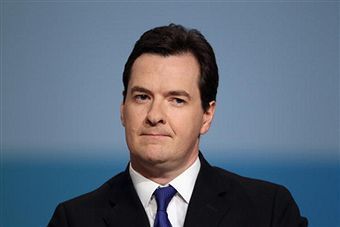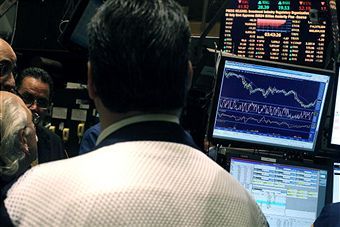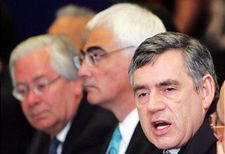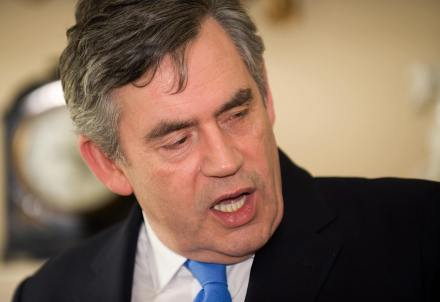We don’t want equal oppression for all, so stop attacking M&S
Lots of brouhaha the past few days about the apparent M&S policy (later back-tracked upon) of allowing Muslim staff not to serve pork or alcohol. Why, though? M&S presumably has orthodox Jewish staff whom it does not insist must work on Saturdays? Why would we be any more outraged if it let some staff not
